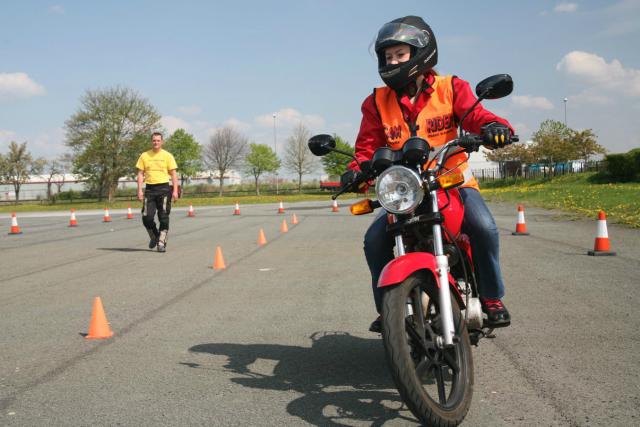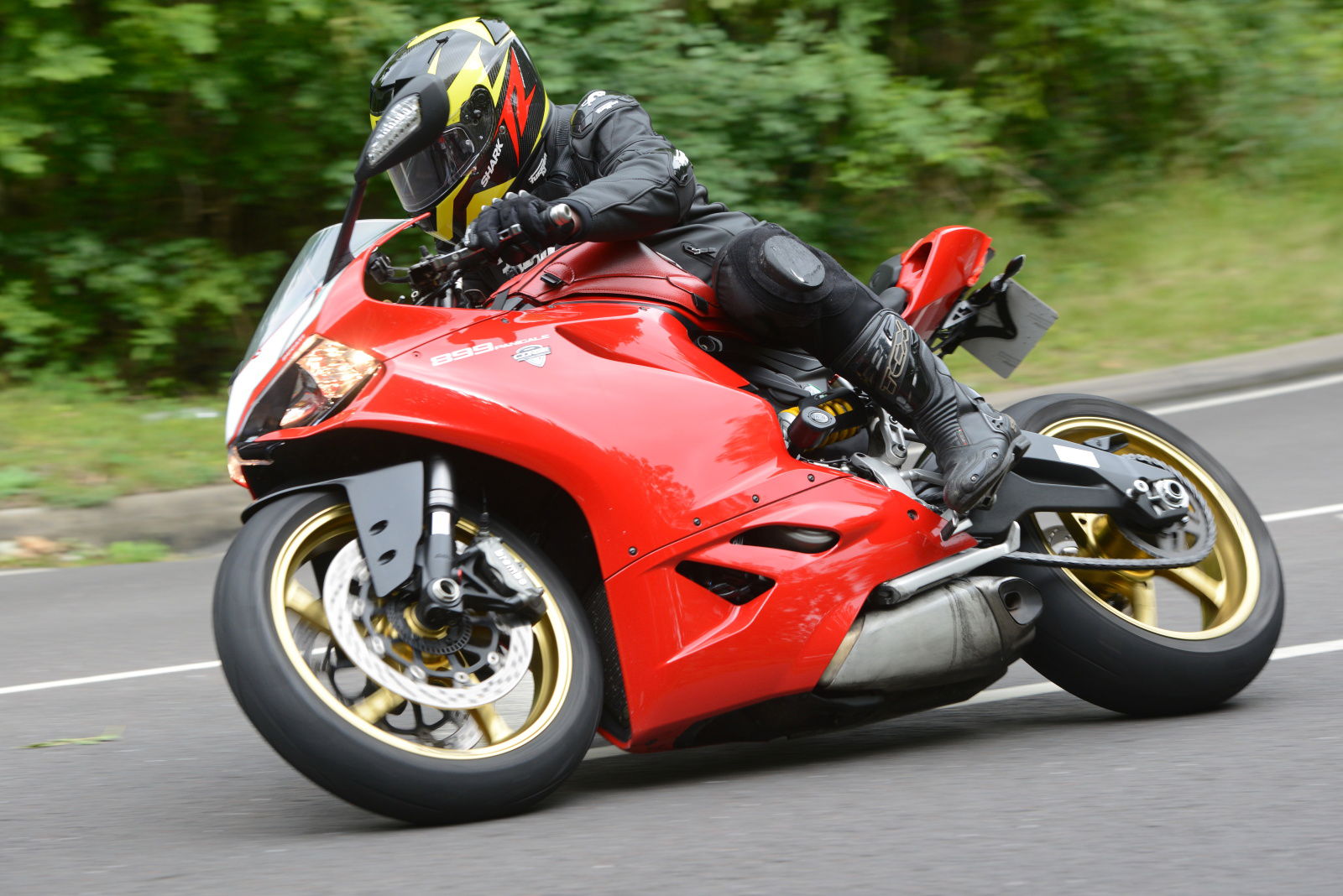Top ten bikes that were brilliant… on paper
As ideas, these ten were tip-top but it didn’t quite go to plan
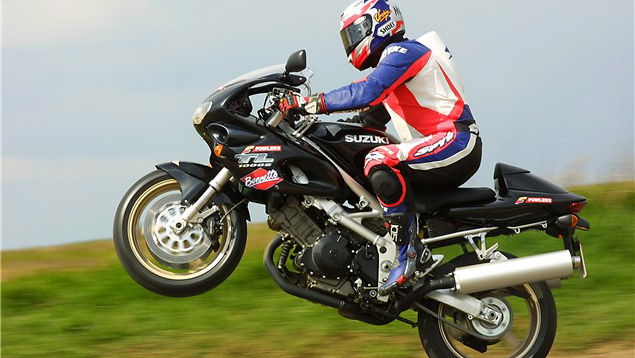
INNOVATION is the most treacherous path in motorcycle design. We might bemoan the herd-like attitude of the world’s major manufacturers – all following each other down the same path the moment that there’s a glimmer of success to be seen at the end of it – but it’s all too easy to find examples where an independent attitude has led to a sales flop.
Great ideas are beset with problems. Not only do you have to remain focussed on the goal – watering down a vision is a sure way to destroy it – but you’re faced with an uphill task from day one.
That’s because the incumbent technology that you’re trying to displace has had time to get accepted, to be refined. It’s familiar and comfortable, both to engineers developing bikes around it and to the customers expected to buy them. Your new idea needs to be leagues better to overcome the competition’s head-start.
So here are our top 10 bike ideas that were brilliant… but only on paper.
10: Suzuki TL1000
The Suzuki TL1000 might be approaching classic status now, but the bike that hit dealers back in 1997 was far from perfection. While it was easy to appreciate its powerful V-twin engine, the bike soon gained a reputation – perhaps not entirely fairly – for firing riders into the undergrowth. Was it really the TL’s fault? Only in part. Few buyers had experience of the instant torque that the 1000cc V-twin handed out; inline four-cylinder 750s were the norm at the time, remember.
short wheelbase and steep head angle, while contributing to the TL’s exciting handling, also made it something that could bite back. And perhaps most of all, the rotary rear shock, which overheated and lost its damping, exacerbating the TL’s handling quirks, was an unnecessary new technology to adopt. Aftermarket kits showed that a conventional rear shock was easy enough to fit in its place, solving at least some of the bike’s issues and making everyone wonder why Suzuki hadn’t done it in the first place.
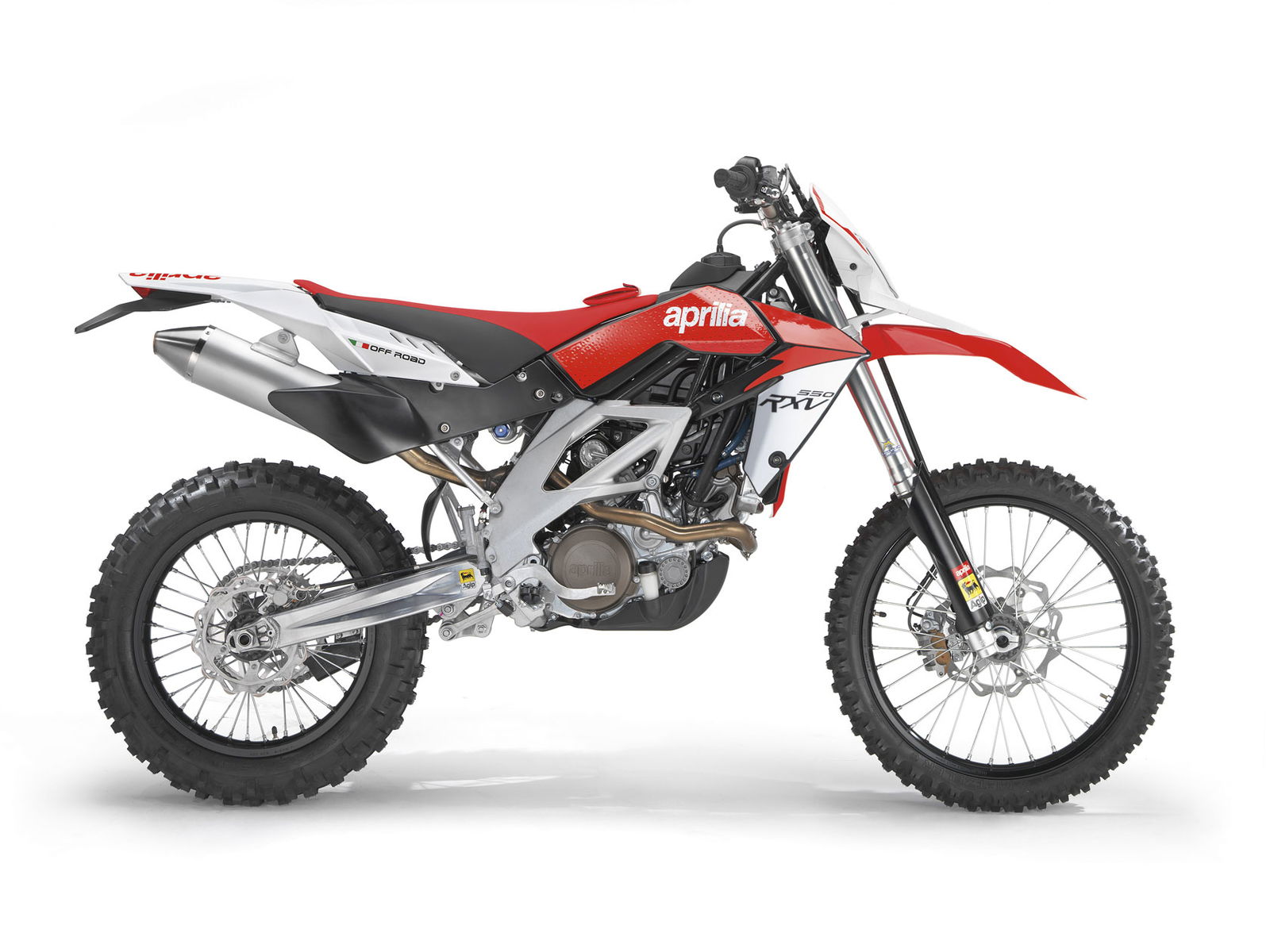
9: Aprilia RXV and SXV 450 and 550
Four-stroke off-road bikes were big news at the turn of the millennium, with Yamaha’s YZ400F (and later 426F and 450F) blazing a trail for the rest of the bike-making herd to follow. But Aprilia decided to take another route with its RXV450 enduro and SXV450 supermoto – using a high-revving V-twin four-stroke instead the singles that every rival used.
It certainly got plenty of publicity and the Aprilia twins are still desirable, jewel-like machines to this day. But in a world where people were already baulking at the expensive engine rebuild costs of four-stroke singles compared to the old two-strokes they were used to, few were prepared to accept the doubly-complex task of rebuilding a twin. Look at the Aprilia twin as a race engine and the need for new pistons every 6000 miles doesn’t seem too bad. But the spectre of that job had most prospective buyers running for the hills.
Top ten bikes that were brilliant… on paper - page two
8: Triumph TT600
There’s no question that John Bloor made an exceptional job of bringing Triumph back from the dead in the 1990s, but the TT600 was perhaps an example where ambition overtook ability. The idea was incredibly bold; to take on the Honda CBR600F – at the time the best-selling bike in the UK – with an all-new four-cylinder 600cc supersports machine. Unsurprisingly, Triumph’s R&D budget wasn’t up to Honda’s, and while the TT600 was a decent effort, it was still a work-in-progress when the first were sold.
Dull, blobby styling and imperfect fuel injection outweighed the Triumph’s relatively advanced chassis and engine design in the eyes of buyers. By the time it was reworked as the angular Daytona 600 in 2002, it was too late – Japanese rivals were already starting to unleash a new generation of far more aggressive 600cc supersports machines. But real credit has to go to Triumph’s response. Far from backing off, the firm went braver still and created the class-bucking Daytona 675 triple, a rare example of a company taking a gamble on a completely new direction and having it actually pay off.
7: Honda NR 750
When it comes to innovation, no production bike in history has gone as crazy as Honda’s NR 750. It’s the stuff of legends. By making the pistons oval rather than round, with two con rods for each and eight valves per cylinder, Honda effectively made a 750cc V8 that passed as a V4.
So why is it here? Because despite all that technology, the resulting bike – the most expensive two-wheeler that Honda had ever tried to sell – didn’t have performance that was really any better than its far cheaper Fireblade or RC30 did at the same time. In theory, the oval pistoned NR concept should have let it rev to the heavens, unleashing vastly more performance. In reality, it didn’t. Selling NRs proved to be a struggled.
Top ten bikes that were brilliant… on paper - page three
6: Yamaha MT-01
Back in 1999 Yamaha was on a roll. It had launched both the YZ400F motocrosser and the YZF-R1 superbike the previous year, each transforming their respective markets, and it appeared that whatever the company decided to do next, it would be another winner. So when it unveiled the MT-01 concept bike in 1999, we took note.
The idea looked interesting; combine a brutally torquey air-cooled V-twin from the XV1600 with a sportsbike chassis geometry and neo-retro styling. It promised to be a whole new class of bike. Unfortunately it took until 2005 for the production model to be ready, and it turned out to be heavy (245kg dry), expensive and lacking in either outright performance or handling. As is so often the case, the promise of the concept was washed away completely in the watering-down for production.
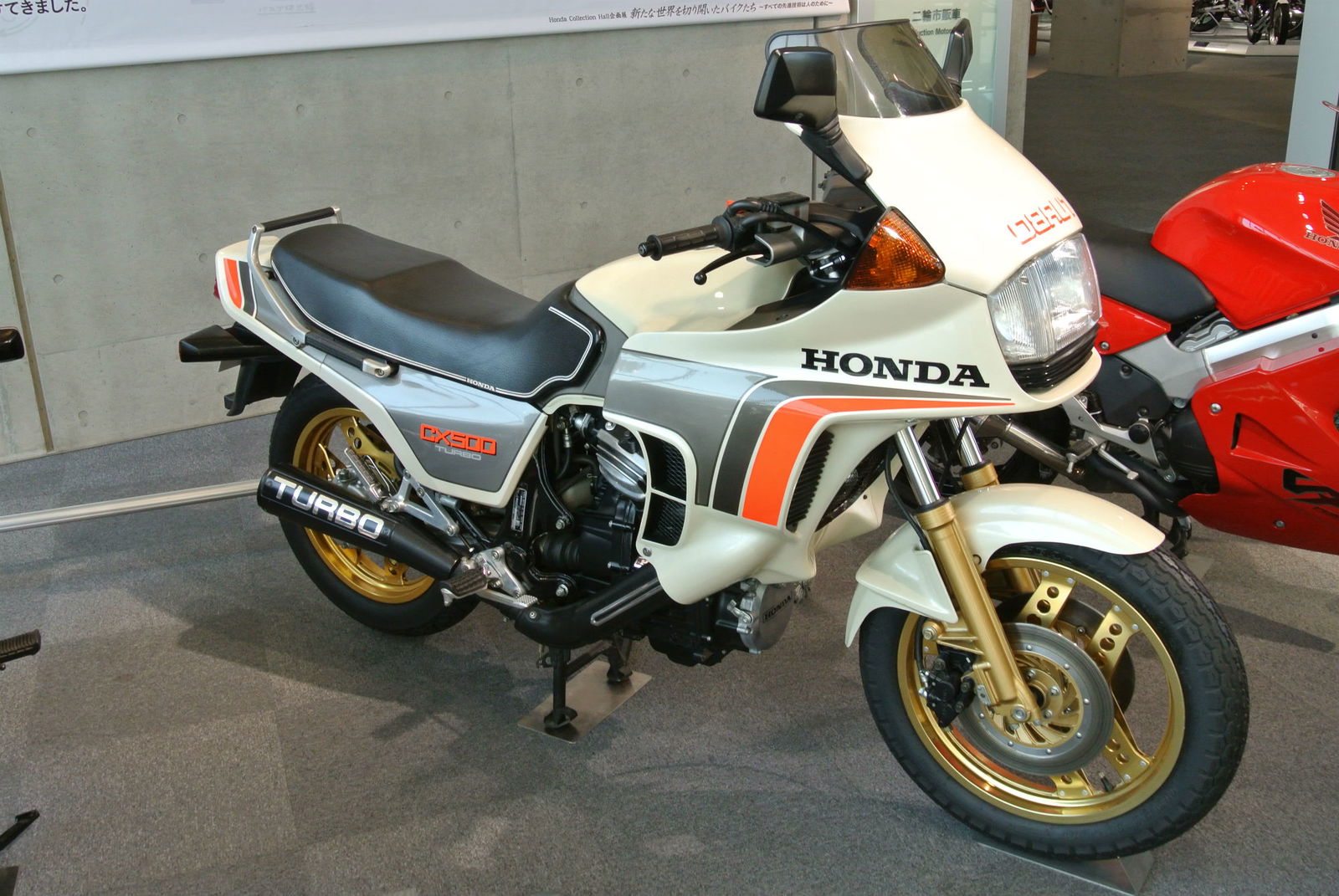
5: Honda CX500 Turbo
We could have picked on any of the mid-80s crop of turbocharged sports bikes here, but Honda’s CX500 Turbo arguably had more in-depth development than its rivals, making its short life and failure to sell an bigger disappointment.
The old ‘plastic maggot’ CX500 might have seemed a strange basis for a turbocharged monster, but Honda had ideas of boost from early on in the CX’s development, so the motor was designed to take it. As well as having a turbo, it was Honda’s first injected bike, and back in 1982 must have looked like it came straight from the future. Its problems centred on the usual turbo complaint; lag. The low-compression 500cc engine was weak off-boost, making the transition to on-boost sudden and noticeable.
After just one year, it was revised – becoming the CX650 Turbo with more capacity, more compression and less turbo boost to reduce the contrast between off-boost and on-boost performance. In themselves, those changes were an admission that turbo tech really wasn’t ready for the mainstream; the next logical step was to remove it altogether, and that’s exactly what Honda did soon afterwards.
Top ten bikes that were brilliant… on paper - page four
4: Bimota V-Due
Two-strokes have got some huge benefits compared to four-stroke engines. They make power every other stroke, rather than once every four, so they’re effectively twice as powerful as a four-stroke of the same capacity. They have no valves or camshafts to worry about, and they’re self-lubricating, which makes them much, much simpler. But when it comes to emissions, they’re terrible.
So anyone who could solve that emissions problem would be sitting on a goldmine. Bimota fancied a shot, and reckoned its fuel-injected 1997 V-Due was the answer. It wasn’t. On paper, the idea of directly injecting fuel into the cylinders meant the emissions could be vastly reduced. In reality it meant it was near-impossible to get it to burn properly. Instead of transforming the two-stroke landscape and giving Bimota a leg-up into the big league, the V-Due bankrupted the company…
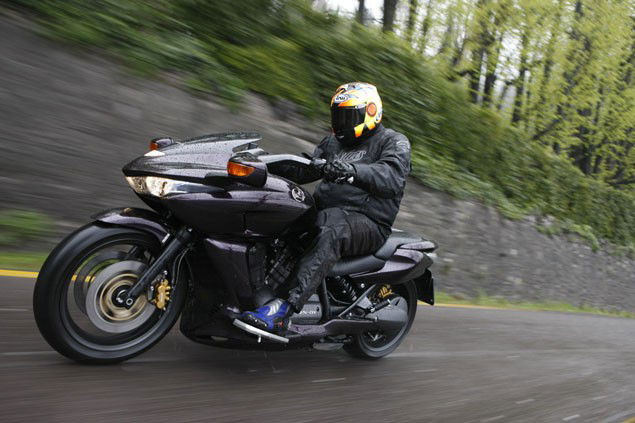
3: Honda DN-01
OK, we’re not going to talk about how the DN-01 looks here. The bike might have been a weird mashup of scooter, tourer and cruiser – which can’t have helped its sales performance – but its innovation was hidden away in the transmission. Instead of a selection of intermeshing gears and a shaft or chain to transmit drive from the engine to the rear wheel, Honda opted to use a hydraulic pump.
It’s a pretty clever concept, really – the engine drives a pump, which pushes uncompressible fluid down a flexible hose to a hydraulic motor attached to the rear wheel. The pump allowed for an infinitely variable drive ratio and the whole system was able to take more power than a belt-based twist-and-go scooter transmission. So was it great? No. The transmission worked fine, but added hugely to the bike’s cost. Would it have been a success on a more acceptable-looking machine? We’ll never know.
Top ten bikes that were brilliant… on paper - page five
2: Yamaha GTS1000
Yamaha’s GTS1000 appeared a quarter of a century ago and still turns heads now thanks to the radical front swingarm and hub-centre steering. But while it managed a six year production run, the bike was never a commercial success and probably irreparably damaged the reputation of unconventional front suspension designs.
After all, 25 years later we’re still using normal telescopic forks. That suspension actually worked okay, but when you’re trying something so radically new, that’s not good enough. It needed to be much, much better than forks if hub-centre steering was to take off in a big way. The system itself was designed by James Parker, who’s RATZ and RADD race bike prototypes had demonstrated its potential. But Yamaha reworked and repackaged, it – changing the geometry in the process and eliminating much of its benefit.
1: Suzuki B-King
Suzuki’s B-King was another idea that grabbed the imagination of the bike-buying public as soon as it was shown in concept form back in 2001. Like the Yamaha MT-01 Concept, the B-King pre-empted the future popularity of muscular naked bikes, but it also packed an insane punch from a supercharged version of the 1300cc Hayabusa four-cylinder engine.
Oversized tyres – 150-section front and 240-section rear – gave it cartoonish proportions and Suzuki was swamped with demands for a production version. It opted to do just that, but that’s where things started to go wrong. First of all, it took until 2007 for the showroom model to emerge, and along the way it lost the outsized rubber and the supercharger. It was still powerful – with 180-odd horsepower – but it also turned out to be heavy and expensive. All those potential customers who’d clamoured for the concept to be made real suddenly realised that they didn’t really want one after all…
